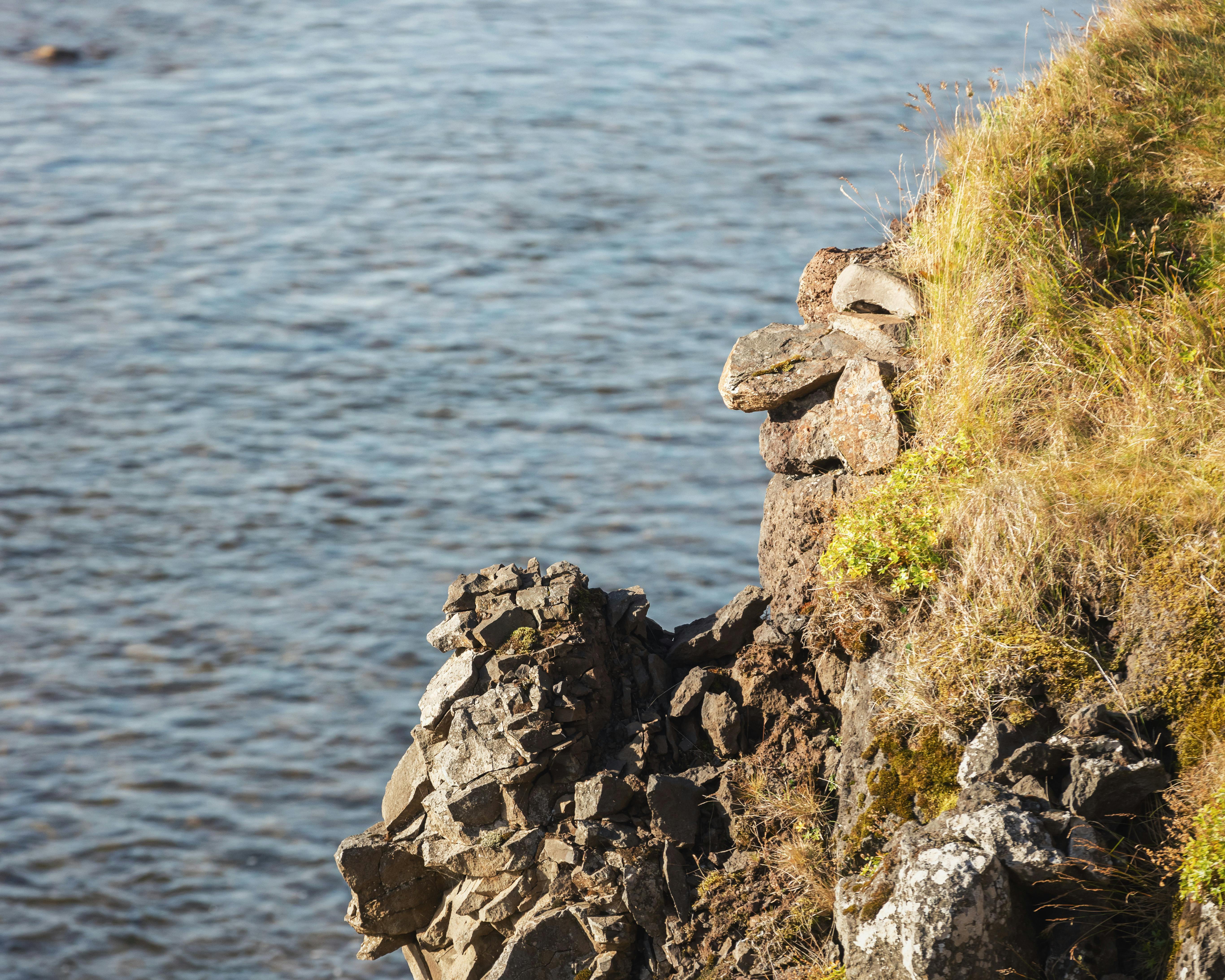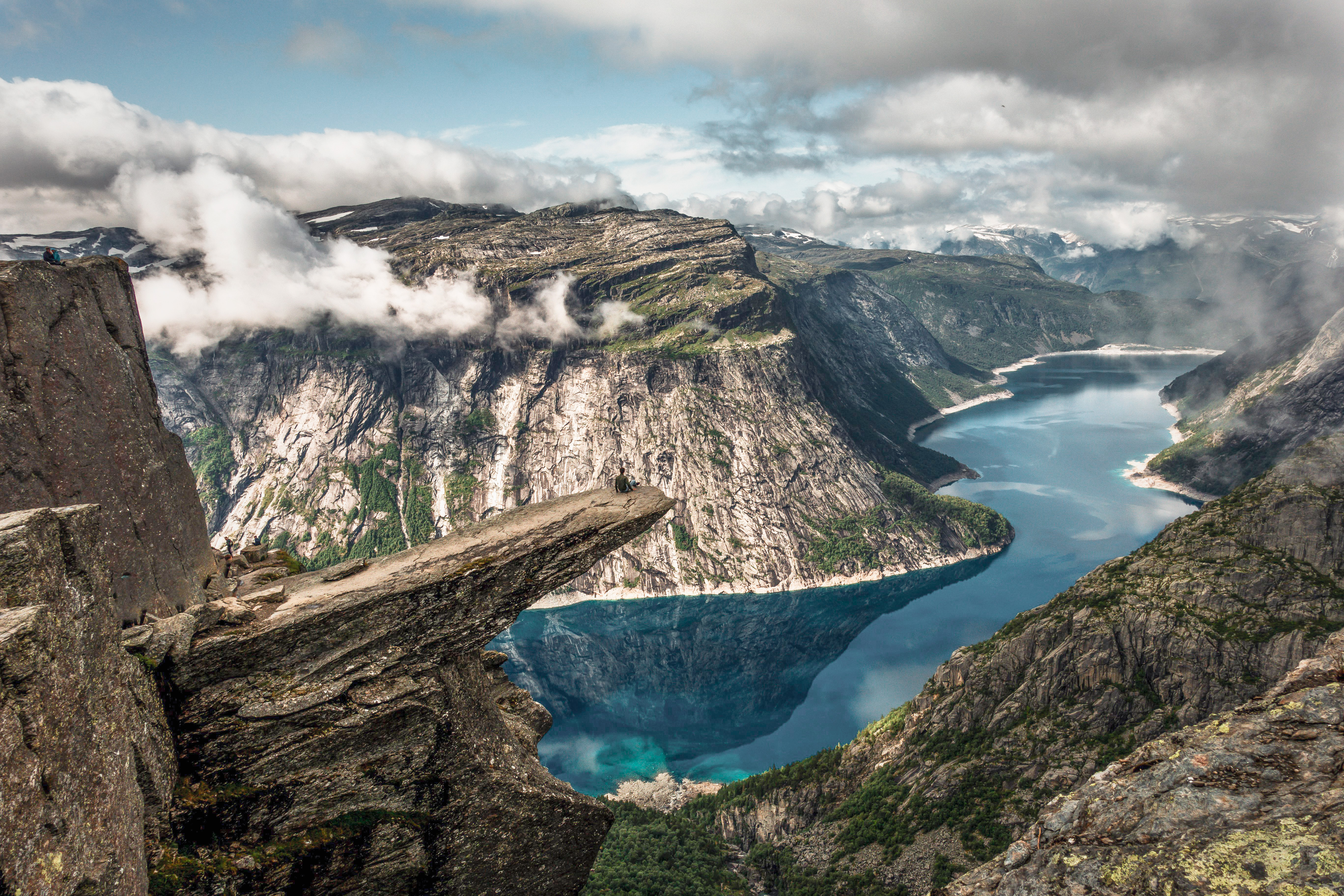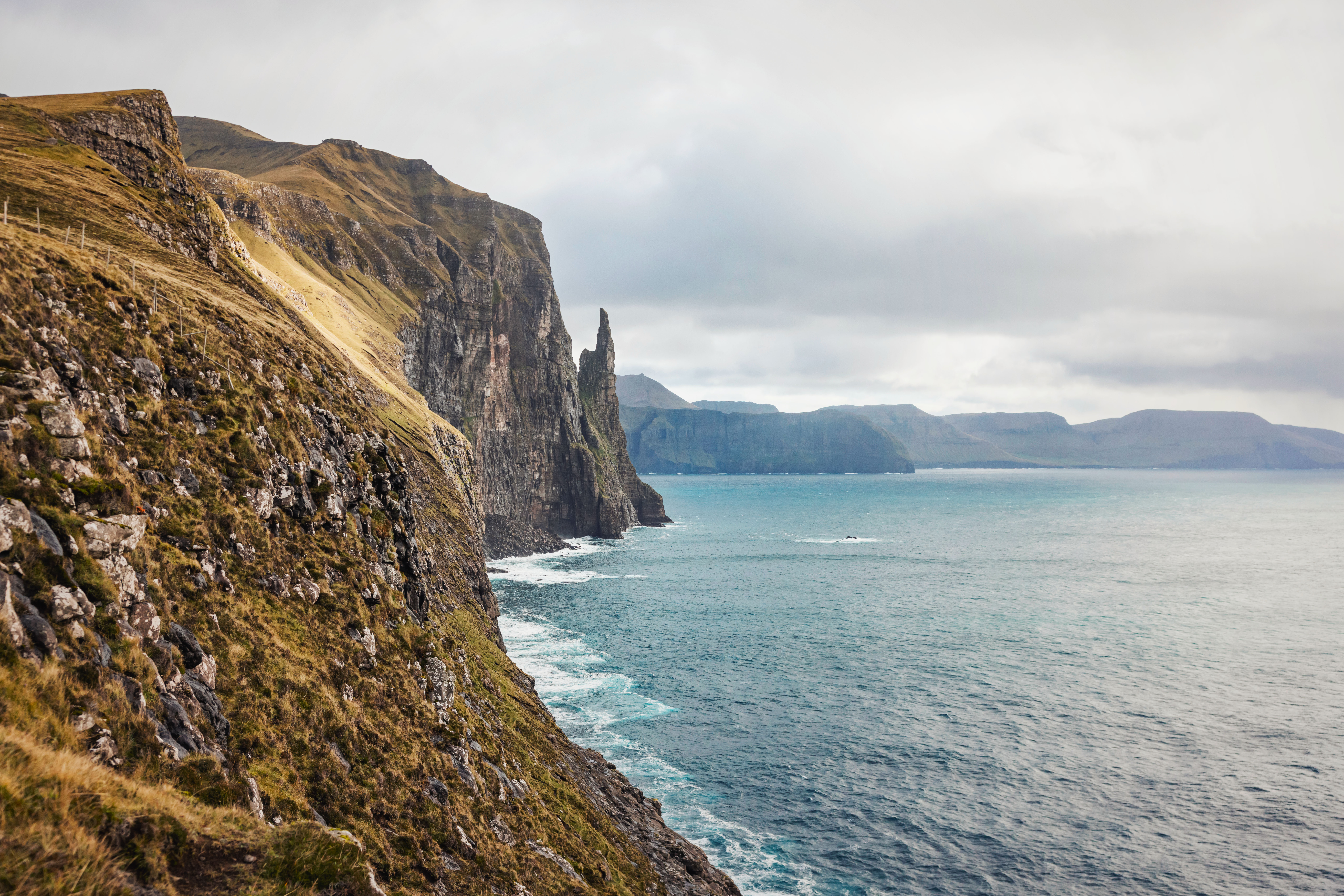Trolls are a prominent figure in folklore and legends around the world, but few places have embraced these creatures as much as Iceland. In Icelandic mythology, trolls are considered to be a vital part of the country's cultural heritage, with many stories and legends featuring them as major characters. These mythical beings have been a part of Icelandic culture for centuries, and their legacy is still felt today.
Trolls' History
Trolls are a prominent figure in folklore and legends around the world, but few places have embraced these creatures as much as Scandinavian countries. Iceland takes to first spot as in their mythology trolls are considered to be a vital part of the country's cultural heritage, with many stories and legends featuring them as major characters. These mythical beings have been a part of Scandinavian culture for centuries, and their legacy is still felt today.
The word "troll" comes from Old Norse, and it means "fiend" or "monster." Trolls are often depicted as ugly and grotesque creatures, with large noses, long arms, and knobby fingers. They are said to be immense in size and capable of feats of incredible strength. They are also known to have a fierce temper and a love for destruction.

According to legend, trolls are nocturnal creatures who turn to stone when exposed to sunlight. They are known to live in caves, under bridges, and in the mountains, and are said to be particularly fond of eating children. As such, parents often use the threat of a troll to keep their children from wandering too far from home. In modern-day Iceland, the legend of the troll still holds sway, and it is not uncommon for locals to avoid certain areas at night or to leave offerings for the trolls in the hope of appeasing them. Even today, the spirit of the troll lives on in Icelandic culture, and it continues to be an integral part of the country's identity.
Trolls also play a significant role in Scandinavian literature, with many famous authors and poets using them as characters in their works. In some stories, trolls are portrayed as tragic figures, struggling to find their place in a world that fears and hates them. In other tales, trolls are used to teach moral lessons, warning people against the dangers of greed, pride, and arrogance.
However, Iceland is not the only place where trolls appear in legend. In Norway and the Faroe Island, trolls are also a common figure in folklore, and are often associated with mountains and forests. In these countries, trolls are often portrayed as being somewhat less malevolent than their Icelandic counterparts, and may even be portrayed as protectors of the natural world.
The troll's tongue in Norway
The Norwegians are a people with a fertile imagination and the Trolltunga could not have escaped the notice of Scandinavian folklore. One of them says that the huge Troll was childishly kind and playful – he couldn’t sit still in one place: he would dive into deep and dangerous waters, jump over chasms or try to catch a rainbow over a cliff. And on sunny days, dangerous for his life, he would hole up in a cave until dark. One day he wanted to see if he could do what he loved in broad daylight. What would happen if he challenged the sun itself? So the Troll stuck his tongue out of the cave…

The troll ship of Iceland
The remains of a troll ship can be found on the south coast of Iceland. The touristic spot of Reynisfjara beach overlooks large basalt columns rising from the ocean. According to legend, two trolls were trying to pull a three-masted ship ashore but it took longer than anticipated. They got caught by the early morning sunlight and turned to stone. From the wild black beach at the foot of Vik, the towers can be seen off the misty coast to the west. A better view can be obtained by shimmying along the cliffs towards the Reynisdrangar, although this is a risky proposition due to the risk of falling rocks, steep slopes and rough surf.

Faroese troll finger
The Trøllkonufingur, which means the troll woman's finger, is the finger of a troll woman that came to throw the Faroe Islands to Iceland. When she came to the sea south of Vágar, the sun came up and she was turned into stone and fell into the ocean. She was so big that when she reached the bottom of the sea, the back of her head and her finger were above the surface. The back of her head is the island of Koltur, and the finger is Trøllkonufingur.
It is said that in 1844 a member of the Danish royal entourage climbed Trøllkonufingur. At the top he waved to Crown Prince Frederik, as he sailed past it. As climbing down, he realized that he had left one of his gloves at the top. He decided to climb up again to get it. Having just climbed it the first time he was tired and stumbled and fell into his death. When visiting Trøllkonufingur it is recommended to take the walk from the village center instead of driving on the narrow road that leads to the site.

Travel to the trolls
Despite their sometimes fearsome reputation, trolls have also become a beloved figure in popular culture, appearing in movies, books, and video games. This enduring fascination with trolls is a testament to the power of these mythical creatures, and their ability to captivate the human imagination across time and across cultures. Numerous sites across Scandinavia, which have a connection to trolls, have become touristic attractions. Every location has a tale of its own. We have included troll locations in our maps for Iceland and Faroe Islands for now, but we are planning to discover more in the future!




